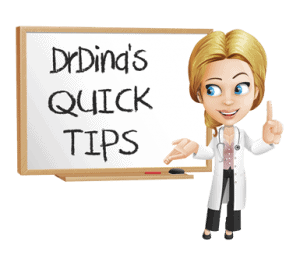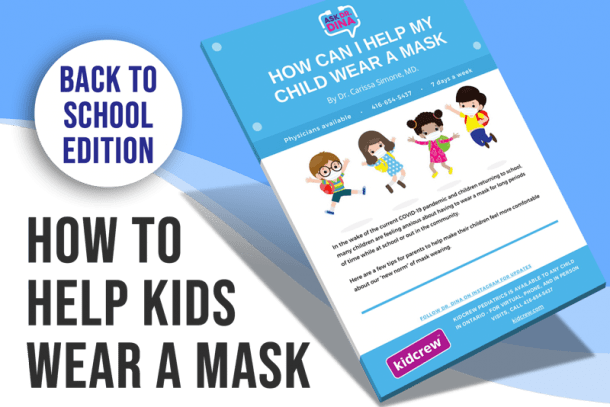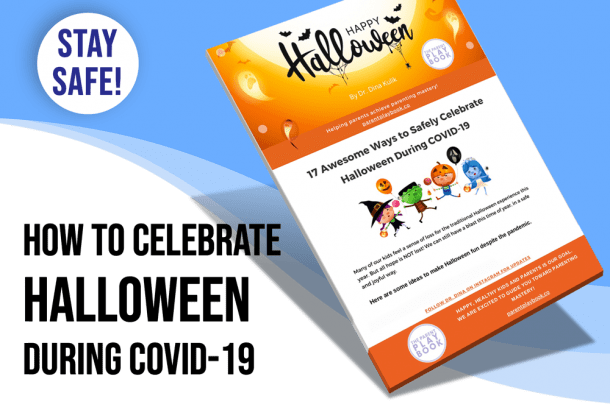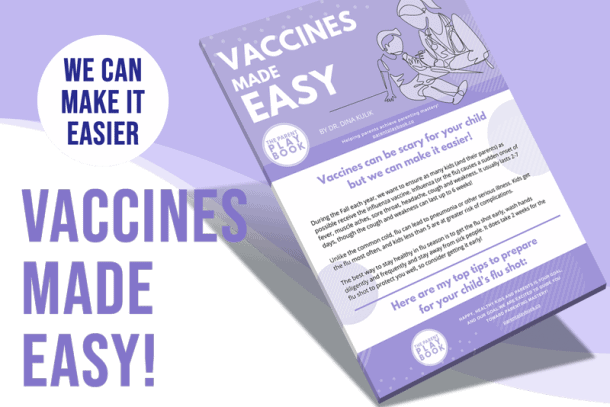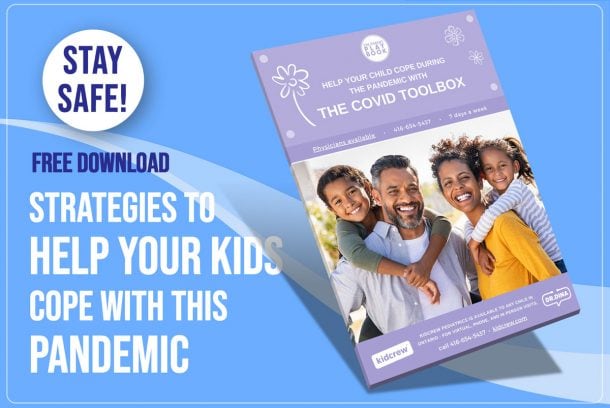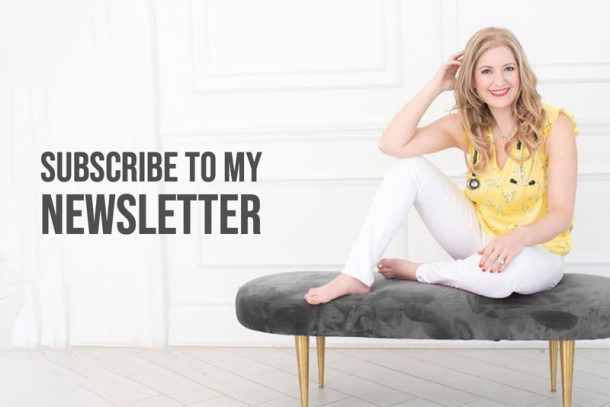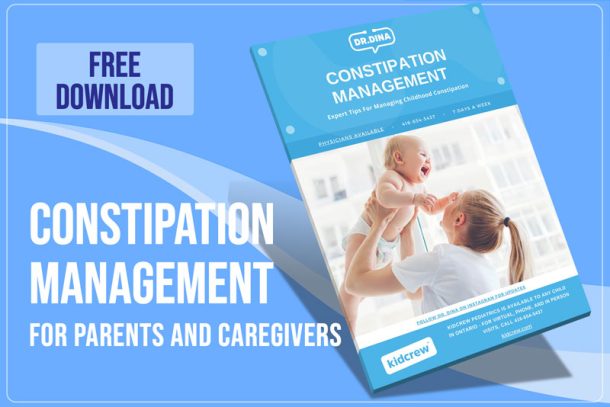Constant Lower Back Pain? Give Mom’s Back A Break!
Parenthood takes a toll on the spine. We’ve come to expect some back discomfort during pregnancy, but new mothers are often surprised at the constant lower back pain that may continue once the baby arrives. This mother’s day, my hope is for less back pain, and more breakfast in bed!
Feeding your baby doesn’t have to hurt your back!
Those early nursing days are an endless series of 2 hour feedings – and forget about cluster sessions! Parking yourself on the couch may be practical but it can be hard on the low back. Furthermore, when your baby is tiny you may find yourself hunched over to bring your breast to the baby. Pillows are your salvation: a pillow behind your low back keeps your spine in a more neutral position, and use as many pillows as you need under baby to avoid hunching over. Breast feeding pillows are great, but not essential – and in fact when your baby is really tiny you may need an extra pillow under your nursing pillow for added loft. Bottle-feeding has it’s own challenges, since we tend to use the same arm to hold each time. Try switching sides to balance out muscle use.
Pillows are your salvation: a pillow behind your low back keeps your spine in a more neutral position, and use as many pillows as you need under baby to avoid hunching over.
The bucket doesn’t have to hurt your back!
Actually, it sort of does. This is a brilliant invention because you can let your sleeping baby sleep despite getting in and out of the car. Except that few babies actually stay asleep (mine didn’t anyway) and no ergonomic handle design is enough to make this back friendly. Holding the bucket is awkward, they are heavy when empty, and once your child weighs more than 15 lbs, they are almost impossible to carry. If you are suffering from bucket-itis, consider leaving the bucket in the car. If you must lift it, avoid bending at the waist to do so. I can try plunking it in a bucket-friendly stroller as well.
If you are suffering from bucket-itis, consider leaving the bucket in the car.
Baby wearing doesn’t have to hurt your back!
There are so many baby carrier options to choose from, and no excuse to be putting up with one that isn’t comfortable. A properly fitted carrier makes wearing your baby effortless. Front facing carriers are generally harder on the body, especially once the baby is heavier than 12 lbs. At my clinic I forbid my patients from using forward facing carriers! Once your baby is big enough, usually about 6-8 months, you can put them on your back. Your arms are free for other things and your back will thank you.
Toddlers don’t have to hurt your back!
Those first steps are adorable, and painful. When your little one has mastered stepping but not balancing, you are in for a world of pain. I cringe when I see parents walking their toddlers – bent at the waist, awkwardly walking behind their stumbling toddler – because I know that their back muscles are working doubly hard to support them in this position. One solution is to wrap a scarf around your baby’s body and under their arms, so that you can hold the ends of the scarf at your level and the baby is somewhat supported as they learn to walk.
I cringe when I see parents walking their toddlers – bent at the waist, awkwardly walking behind their stumbling toddler – because I know that their back muscles are working doubly hard to support them in this position.
When to see your doctor? See your doctor if you have back pain red flags such as numbness or tingling, difficulty walking, sensory changes or changing pain. If you are worried – see your doc!
Give the mother in your life a break this mother’s day! Take the kids off her hands for a few hours, treat her to a massage, and send her these tips.
Quick Tips:
-
Don’t always carry the bucket
-
Use your baby carrier smarter
-
Use the ‘scarf trick’ to ‘carry’ your toddler
-
Check with your doc if the pain is constant or persistent
Do you have pain in heel?
Ingrown toenail pain?

